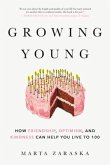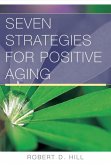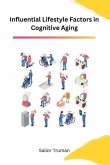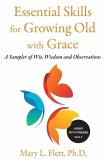The global increase in life expectancy presents various challenges, as the objective is not only to extend life but also to promote good health. In 2018, the majority of global deaths (71%) were attributed to non-communicable chronic diseases, including cardiovascular diseases, cancer, and diabetes [1]. Numerous risk factors contributing to chronic diseases and associated mortality can be identified, spanning the domains of genetics, environment, and lifestyle [1,2]. Among these factors, lifestyle choices garner significant scientific attention due to their modifiable nature. Of all the lifestyle risk factors, suboptimal dietary habits account for the highest number of global deaths [3,4]. Additionally, nutrition plays a crucial role in providing the necessary building blocks and energy for cellular functions, thereby being essential for growth, development, and survival. Unlike behavioral risk factors such as smoking or alcohol consumption, nutrition cannot simply be eliminated but requires optimization of both quantity and quality to maximize its positive impact on health and disease prevention. Consequently, diet quality emerges as the primary focus of interest in this book regarding lifestyle risk factors. Over the past few decades, nutritional science has made considerable progress, resulting in the development of high-quality, evidence-based dietary guidelines aimed at reducing the risk of diet-related chronic diseases. These guidelines are often designed to cater to diverse populations. However, a pertinent question remains: How can such guidelines and the scientific evidence supporting them be translated into tools for assessing diet quality in research settings? Furthermore, while the significance of diet quality in promoting healthy aging is well established, it remains uncertain whether the benefits of a healthy diet differ throughout different stages of life. Therefore, the objectives of this book are twofold: to create an advanced diet quality assessment tool and to investigate the relationship between diet quality and healthy aging across the life course. This exploration takes into account the contextual factors that influence diet and health, such as age, gender, socioeconomic status, and cardiometabolic diseases.








